#ASSAM
Text



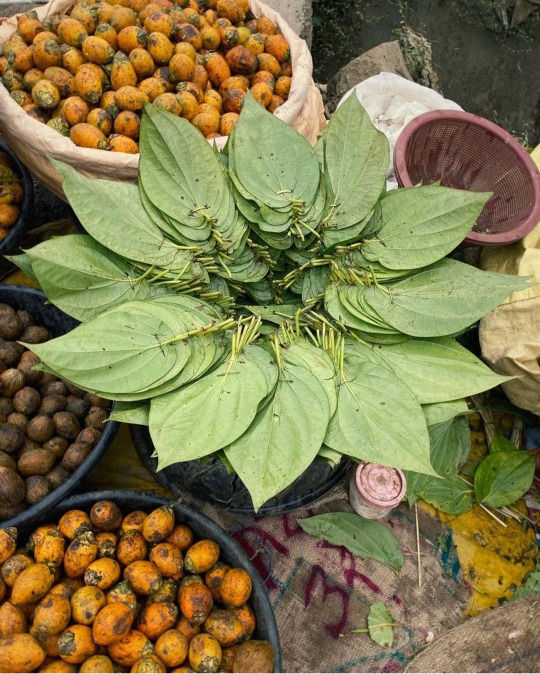




Markets of Assam by Imdad Barbhuyan
#imdad barbhuyan#assam#india#food photography#fruits#street photography#portrait photography#desi aesthetic#desi tumblr#desiblr#south asian#ph
4K notes
·
View notes
Text
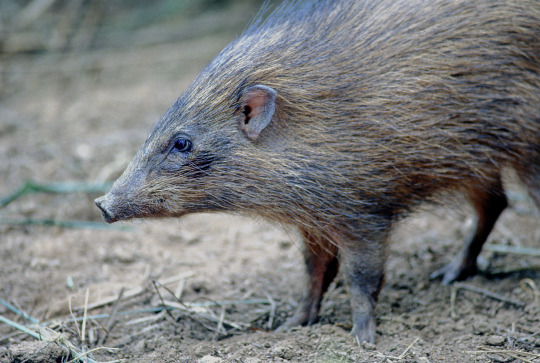
Pygmy hog Porcula salvania
Observed by ehuetti, CC BY-NC
655 notes
·
View notes
Text

Audrey Hepburn and Assam at the Burbank Studios for the production of My Fair Lady in 1963
#audrey hepburn#movies#old movies#old hollywood glamour#old hollywood#fashion#classic#vintage#photography#style#1960s#on the set#behind the scenes#my fair lady#assam#eliza doolittle
100 notes
·
View notes
Text
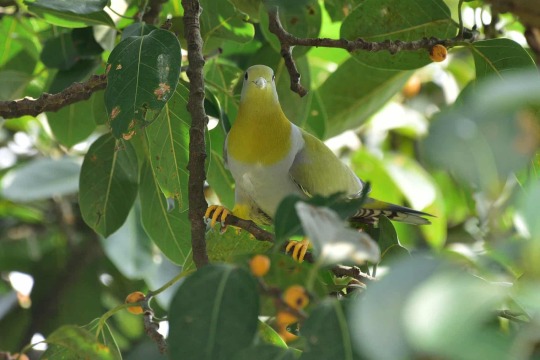
A friendly-looking yellow-footed green pigeon sits on a branch in Assam, India. They eat mainly fruit and are especially fond of figs
Photograph: Anuwar Hazarika/NurPhoto/Shutterstock
#anuwar hazarika#photographer#nurphoto#shutterstock#yellow-footed pigeon#assam#india#pigeon#animal#bird photography#nature
52 notes
·
View notes
Text

Stilt Houses, Assam, India: Houses in Assam are built on stilts to prevent water from entering the houses during floods. As Assam is a region that receives heavy rainfall for the majority of the year, there are often chances of floods. As a preventive measure against flooding, houses in Assam are built on raised platforms or stilts
75 notes
·
View notes
Text
A walk through Bengal's architecture
Bengali architecture has a long and rich history, fusing indigenous elements from the Indian subcontinent with influences from other areas of the world. Present-day Bengal architecture includes the nation of Bangladesh as well as the Indian states of West Bengal, Tripura, and Assam's Barak Valley. West Bengal’s architecture is an amalgamation of ancient urban architecture, religious architecture, rural vernacular architecture, colonial townhouses and country houses, and modern urban styles. Bengal architecture is the architecture of Wind, Water, and Clay. The Pala Empire (750–1120), which was founded in Bengal and was the final Buddhist imperial force on the Indian subcontinent, saw the apex of ancient Bengali architecture. The majority of donations went to Buddhist stupas, temples, and viharas. Southeast Asian and Tibetan architecture was influenced by Pala architecture. The Grand Vihara of Somapura, which is now a UNESCO World Heritage Site, was the most well-known structure erected by the Pala rulers.

The Grand Vihara of Somapura
According to historians, the builders of Angkor Wat in Cambodia may have taken inspiration from Somapura. Bengal architecture became known for its use of terracotta due to the scarcity of stone in the area. Clay from the Bengal Delta was used to make bricks.
The temple architecture has distinct features like the rich wall decoration, often known as the terracotta temples, which was one of the remarkable elements of Bengali temple architecture. The double-roofed architecture of thatched huts was replicated by Bengali temples. Square platforms were used to construct the temples. Burnt brick panels with figures in geometric patterns or substantial sculptural compositions served as the temples' adornment.

Dochala style
These served as models for many temples that were built in undivided Bengal. Construction materials used in ancient times included wood and bamboo. Bengal has alluvial soil, so there isn't a lot of stone there. The bricks that were utilized to build the architectural components were made from stone, wood, black salt, and granite. Bengal has two different types of temples: the Rekha type, which is smooth or ridged curvilinear, and the Bhadra form, which has horizontal tiers that gradually get smaller and is made up of the amalaka sila. Mughal architecture, including forts, havelis, gardens, caravanserais, hammams, and fountains, spread throughout the area during the Mughal era in Bengal. Mosques built by the Mughals in Bengal also took on a distinctive regional look. The two major centers of Mughal architecture were Dhaka and Murshidabad. The do-chala roof custom from North India was imitated by the Mughals.

Jorasako thakurbari
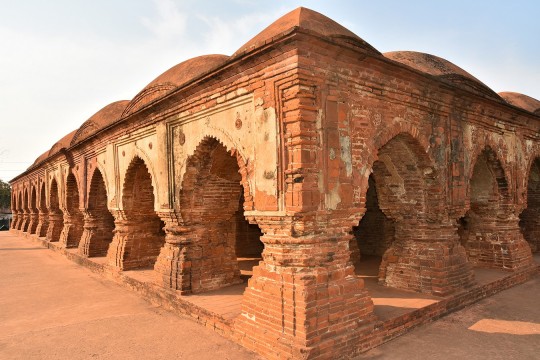
The Rasmancha is a heritage building located at Bishnupur, Bankura district, West Bengal.
Influence of the world on Bengal architecture: Although the Indo-Saracenic architectural style predominated in the area, Neo-Classical buildings from Europe were also present, particularly in or close to trading centers. While the majority of country estates had a stately country house, Calcutta, Dacca, Panam, and Chittagong all had extensive 19th and early 20th-century urban architecture that was equivalent to that of London, Sydney, or other British Empire towns. Calcutta experienced the onset of art deco in the 1930s. Indo-Saracenic architecture can be seen in Ahsan Manzil and Curzon Hall in Dhaka, Chittagong Court Building in Chittagong, and Hazarduari Palace in Murshidabad.
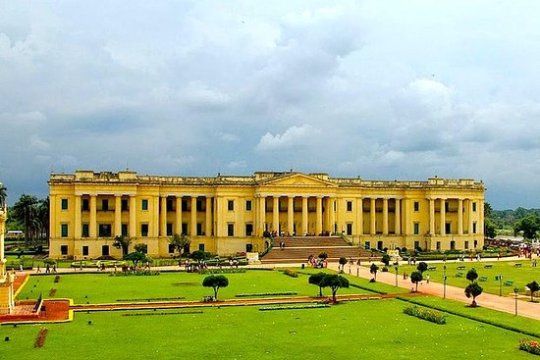
Hazarduari Palace in Murshidabad
The Victoria Memorial in Kolkata, designed by Vincent Esch also has Indo-Saracenic features, possibly inspired by the Taj Mahal. Additionally, Kolkata's bungalows, which are being demolished to make way for high-rise structures, have elements of art deco. The 1950s in Chittagong saw a continuation of Art Deco influences. The Bengali modernist movement, spearheaded by Muzharul Islam, was centered in East Pakistan. In the 1960s, many well-known international architects, such as Louis Kahn, Richard Neutra, Stanley Tigerman, Paul Rudolph, Robert Boughey, and Konstantinos Doxiadis, worked in the area.

The Jatiyo Sangshad Bhaban
This iconic piece of contemporary Bangladeshi architecture, was created by Louis Kahn. Midsized skyscrapers dominate the cityscapes of contemporary Bengali cities, which are frequently referred to as "concrete jungles." With well-known architects like Rafiq Azam, architecture services play a key role in the urban economies of the area. Overall Bengal architecture was influenced by various contemporaries of their time and continues to evolve.

Gothic architectural style seen in St. Paul's Cathedral in Kolkata.

Zamindar era buildings in ruin.

Belur Math in Howrah
#bengali#bangla#west bengal#bangladesh#tripura#assam#desi#বাংলা#india#architecture#tales#bengal architecture#history#kolkata#international#technology#information#temple#asia#bricks
175 notes
·
View notes
Text
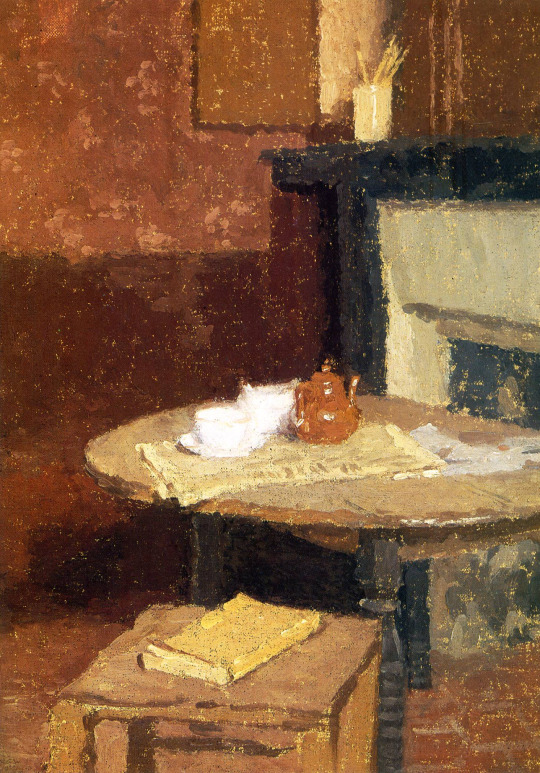

L. V., an excerpt from The Book of Strangers (pt. 1)
Robin: "...I found your blog when you posted, “I want to be so awfully happy that I never need to write poetry again.” I am also a writer and that resonated with me. Whenever I am happy it becomes difficult for me to write..." "...they made me so happy that I stopped writing..." "...I prayed to all the gods I know just for us to get back together again..."
The Brown Tea Pot by Gwen John
#writing#writers on tumblr#writeblr#spilled ink#poets on tumblr#creative writing#poetry#assam#robin#original writing#literaryvein#the book of strangers#a writing project#my writing#the brown teapot#painting#art#gwen john#post impressionism
29 notes
·
View notes
Text

Series: Koucha Ouji
Artist: Yamada Nanpei
Publication: Hana to Yume #1 (01/2002)
Details: 2002 Hana to Yume All Star Art Calendar (April)
Source: Scanned from my personal collection
#koucha ouji#tea prince#紅茶王子#yoshioka taiko#assam#earl grey#yamada nanpei#nanpei yamada#scan: hotwaterandmilk#furoku#hana to yume#shoujo manga#shoujo#00s manga#manga art#00s aesthetic#manga aesthetic#food tw
27 notes
·
View notes
Photo

Five Headed Durga Idol at Kamakhya Temple, Guwahati, Assam (via Instagram: Priyanka Pareek)
152 notes
·
View notes
Photo
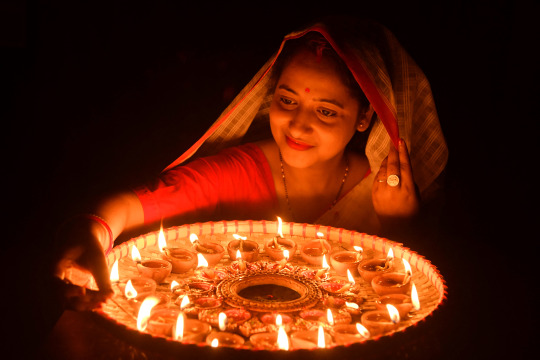
October 2022: A woman lights earthen lamps to celebrate Diwali, the Hindu festival of lights, at her house in Guwahati, Assam. [Biju Boro/AFP]
374 notes
·
View notes
Link
“In May 2021, a new Chief Minister of the Indian state of Assam set out to thoroughly put an end to poaching in the state’s protected areas.
Now 20 months later, the forestry and police departments of the state have reported that 2022 saw no rhinos lost to poaching, the first time that’s happened since 1977.
Located on the borders of [Tibet] to the north and Myanmar to the east, Assam is one of the richest biodiversity zones in the world and contains Kaziranga, Manas, and Orang national parks as well as Pobitora Wildlife Sanctuary.
[The Indian state of Assam is hope to approximately 85% of the world’s population of the Indian rhinoceros.]
Together these four protected areas make up most of the one-horned rhinoceros’ range in the country, and of the 2,895 rhinos in the state, nearly all of that number can be found inside them.
Chief Minister Sarma put together a special anti-poaching task force led by Special Director General of Police G. P. Singh. The task force created a database of past incidents of rhino poaching with details of when, how, and where they took place. Convicted poachers had their phones monitored, and local fishermen and villagers were brought on as informants.
When the work came to inside the park, the rhinos were treated like presidents. Sophisticated police commando teams patrolled the parks with night vision equipment and drones, and the number of teams increased on full moon nights.
When flooding in Kaziranga drove the rhinos to higher ground during the 2022 monsoon season, the teams stayed in the field 24-7 until the animals could disperse again after the waters receded.
“If we continue with this pressure, rhino poaching will stop completely,” Singh told the Hindustan Times. “For this, the cost to poachers has to be higher than the profit they earn.”
A colleague notes that the coordination has become so thorough that poacher arrest rates are now being measured weekly, rather than monthly as before.
It’s this kind of devotion that has seen the numbers of one-horned rhinos climb from just around 100 individuals in 1910, to almost 3,000 today.”
-via Good News Network, 1/26/23
#rhino#rhinoceros#poaching#conservation#endangered species#india#assam#protected areas#good news#hope
54 notes
·
View notes
Text

Wild water buffalo Bubalus arnee
Observed by paulschrijvershof, CC BY-NC-ND
134 notes
·
View notes
Text


Audrey Hepburn and Assam during the production of My Fair Lady.
Photography by Cecil Beaton
1963
#fred astaire#assam#my fair lady#vintage#classic#style#photography#fashion#old hollywood#old hollywood glamour#movies#cecil beaton#audrey hepburn#1963#1960s#on the set#behind the scenes#yorkshire terrier#bicycle
428 notes
·
View notes
Photo
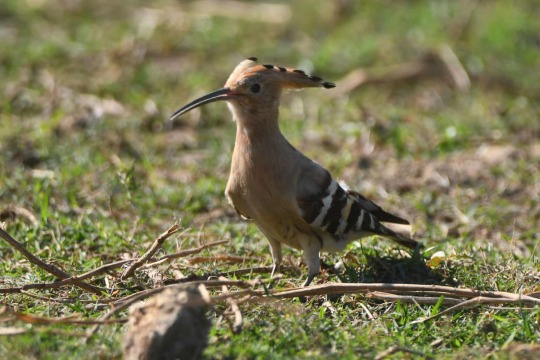
A Eurasian hoopoe looking for grubs at a field in the Nagaon district of Assam, India.
Photograph: Anuwar Hazarika/NurPhoto/REX/Shutterstock
#anuwar hazarika#photographer#nurphoto#rex#shutterstock#eurasian hoopoe#bird photography#animal#nagaon district#assam#india#nature
67 notes
·
View notes
Text

Bira from Assamese folklore.
Sorcerers typically harness the power of Bira for personal gain. The interaction with Bira carries a cost, as the sorcerer must sacrifice a portion of their soul to it. Additionally, if Bira is not content, it has the potential to turn against the sorcerer, highlighting the precarious nature of the relationship between the mystical entity and its master. Descriptions of Bira vary, with some depicting it as a large black dog with red eyes, while others believe it can shape shift based on circumstances. In Assamese culture, Bira is regarded as one of the most menacing and dreaded entities.
Bira is a form of poltergeist often unleashed upon a family by an adversary. Its malevolent influence can result in physical harm, mental anguish, and, in extreme cases, even lead to death for those it targets.
In a tale, a curious boy named Raju, intrigued by Bira stories, sought to witness it firsthand. Sneaking into a sorcerer's home, he discovered Bira in a cage and attempted to touch it. In response, Bira bit Raju's hand, causing him to faint. Upon awakening, Raju found himself transformed into a Bira, confined in the cage, and manipulated by the sorcerer for nefarious purposes. Indeed, the account suggests that the Bira's form can be transferred to a human through a bite, leading to a transformation of the individual into a Bira.
Other lore suggest that Bira possesses the ability to either impregnate women or become pregnant by men, resulting in offspring known as Bira-putra. These hybrid beings inherit certain abilities and traits from their Bira parent, creating a unique blend of human and Bira characteristics.
Iron acts as a deterrent to Bira, causing harm and serving as a basis for protective charms and weapons. Holy water weakens and purifies Bira, offering a means to cleanse those affected by it. A priest or sorcerer, knowledgeable in dealing with Bira, can exorcise or control it through rituals and spells, providing protection for individuals and locations.
Follow @mecthology for more lores and tales.
Pic generated by AI.
Source: nenow, indiatoday, thehindu
#mecthology#creepy#supernatural#legends#weird#folklore#folktale#horror#bira#assam#poltergeist#dangerous#malevolent
7 notes
·
View notes
Text
সবাইকে দোল পূর্ণিমার শুভেচ্ছা! 🎨 Happy Dol Pūrṇimā!
Happy Holi to the rest of the subcontinent! 🎨
#bengali#bangla#india#bangladesh#west bengal#tripura#assam#jharkhand#বাংলা#desi#langblr#colours#colours in bengali#language learning#poll#dol poornima#dol jatra#holi#2023#color#colour#festival
94 notes
·
View notes